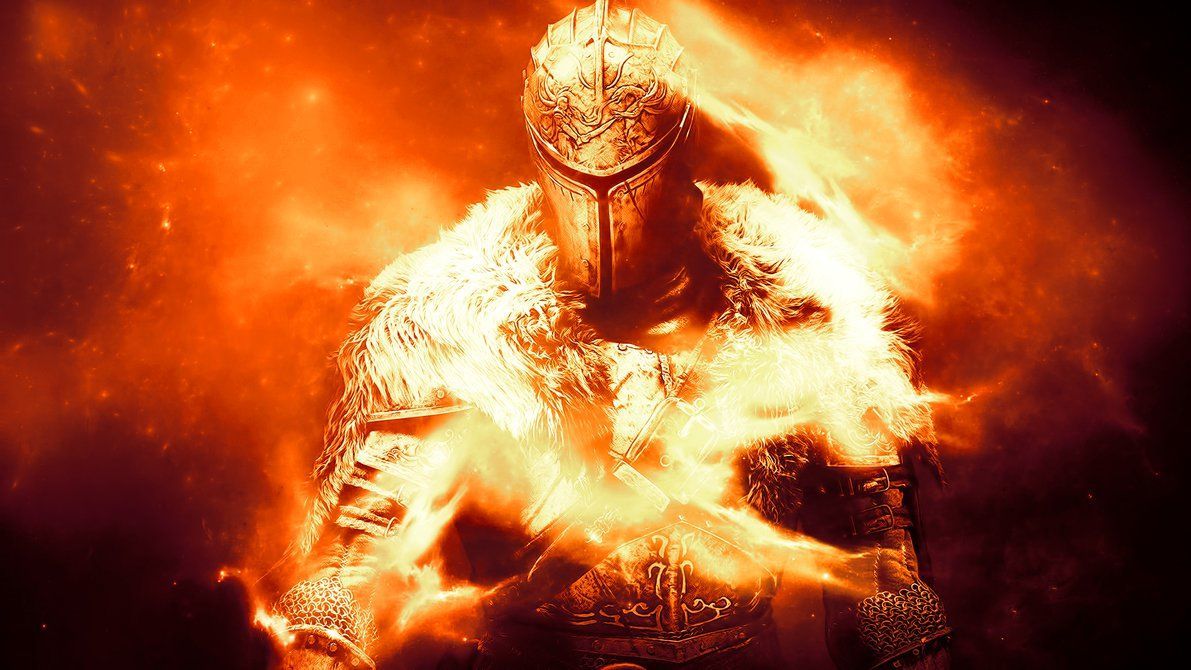AI helps NASA take pictures of never before seen parts of the sun
- Big Data Ben

- Nov 18, 2023
- 2 min read
November 16, 2023
Have you ever wondered what the sun looks like from the top or the bottom? Well, thanks to a new space mission and some clever artificial intelligence, we now have the answer!
The Solar Orbiter, a joint project between the European Space Agency (ESA) and NASA, has been orbiting the sun since February 2020. Its goal is to study the sun up close and reveal its secrets. To do so, it has 10 instruments on board, including six cameras that can take amazing pictures of the sun's surface and atmosphere.
One of the most exciting things that the Solar Orbiter has done is to capture the first-ever images of the sun's poles. These are the regions where the sun's magnetic field lines come out and go back in, creating a huge bubble around the solar system that protects us from harmful cosmic rays. Scientists think that the poles are also important for the sun's activity cycle, which affects the weather and climate on Earth.
But taking pictures of the sun's poles is not easy. The Solar Orbiter has to fly very close to the sun, sometimes as close as one-third of the distance between the sun and the Earth. It also has to tilt its orbit gradually to get a better view of the poles. And it has to deal with the intense heat and radiation from the sun, which can damage its instruments.
That's where artificial intelligence comes in. The Solar Orbiter team has developed a smart algorithm that can automatically adjust the exposure time of the cameras, depending on how bright or dark the sun is. This way, the cameras can capture the best possible images of the sun, without being overexposed or underexposed.
The result is stunning. The Solar Orbiter has revealed a wealth of details on the sun's surface and atmosphere, including sunspots, flares, coronal loops, and even a strange geyser of gas that they nicknamed the "solar hedgehog". The images of the poles show a complex pattern of magnetic fields that change over time.
These images are not only beautiful, but also very useful for science. They will help us understand how the sun works, how it affects the solar system, and how we can better predict its behavior. The Solar Orbiter will continue to take more pictures and data of the sun for the next few years, and we can expect more surprises and discoveries along the way.
If you want to see more images and videos of the sun from the Solar Orbiter, you can visit the ESA website or the NASA website. You can also read the original article from Newsweek below. Thanks for reading and stay tuned for more of the latest news in artificial intelligence!




Comments